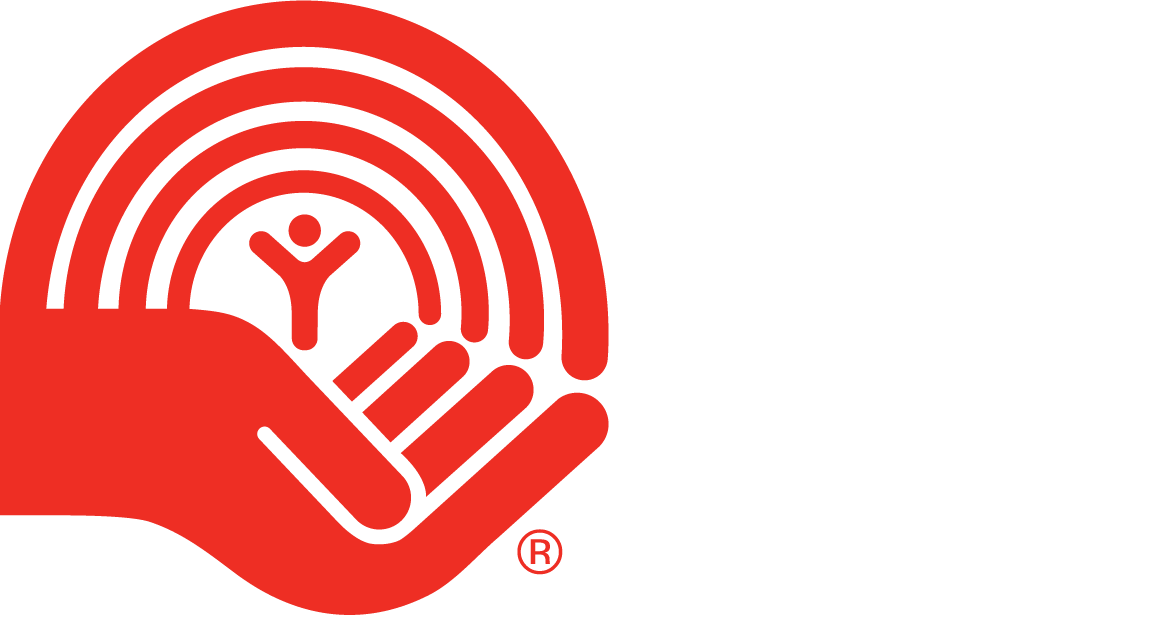Delegation by Stephen White, of Burlington & Oakville Coyote Management, to the City of Burlington’s Corporate Services, Strategy, Risk & Accountability Committee on Wed., Sept. 14, 2022
Stephen White and Julie Martin founded Burlington & Oakville Coyote Management (BOCM), a group of concerned citizens who prepared a report on the coyote situation in Burlington and Oakville, alongside a list of recommended actions for our two cities to take together. This week, Stephen White spoke to the City of Burlington’s Corporate Services, Strategy, Risk & Accountability (CSSRA) Committee and sent Local-news.ca a copy of his remarks for publication (below). At the end, the BOCM’s recommendations can be found, but to view the full report (mentioned in the remarks) with additional information and details on the recommendations, please click here.
Stephen White’s Remarks to Burlington CSSRA committee
I want to begin my remarks this morning by thanking the Corporate Services, Strategy, Risk & Accountability Committee for the opportunity to delegate on the proposed Coyote Response Strategy Escalation Protocols.
My name is Stephen White and I have been a Ward 5 Burlington resident for 47 years. Prior to 2014, I could count on the fingers of one hand the number of times I saw a coyote. The only time most of us saw one was if we were down in Bromley Creek and saw one in the distance. Interactions were infrequent.
I had my first coyote interaction in November 2014. I assure you it was not a moment from a Disney movie. I was walking my dog at the time, an older Collie, at 5:30 a.m. on my street. Three coyotes sixty feet away approached me from around a corner, saw us, and got within twenty feet. The Alpha male approached us from the front, and the two smaller pack animals approached from each side. As I turned to the one at the side, the other one advanced in a widening arch. Had it not been for the intervention of a delivery driver for the Hamilton Spectator who drove his car up on the sidewalk blocking their advance, my experience may not have been limited to a frightening encounter.
I have been actively involved in this issue since early 2015. I delegated at council seven years ago almost to the day on this topic. At the time, I stood in these council chambers, and I said the city’s coyote management program was ineffective and piecemeal. I questioned why there wasn’t consideration of other control measures other than restricting feeding and reporting coyote sightings on websites. I mentioned that the city needed to be more proactive and involved in eliminating threats from wildlife. I said, to the chagrin of Councillor Craven at the time, that if something more definitive wasn’t done that some Burlington residents were going to be attacked or seriously hurt. I take no great pleasure or pride in saying “I told you so.”
In June of 2017 at a public meeting on coyotes attended by over 200 Burlington residents at Mainway Arena, I and other speakers again delivered the message that this city needed to get actively involved in controlling the coyote problem. Once again, our message landed on deaf ears. In September 2020, I watched in horror one morning as my next-door neighbour’s 12-year-old cat was ambushed and shredded by three coyotes. My neighbour was so traumatized by this event, she was off work for weeks and had to seek medical care. In one week in my neighbourhood, seven cats went missing. One member of BOCM living in Ward 4 had a coyote scale the fence in their backyard and attack their small dog, resulting in a severally injured family pet and several thousand dollars in emergency vet bills.
My fellow BOCM co-founder, Julie Martin, has met with multiple residents, and documented several cases in her West Oakville neighbourhood of coyote attacks and stalking. In early 2021, she started an online petition on Change.org calling for Oakville and Burlington to adopt a more focused, specific plan to control coyotes, which received over 700 signatories.
In March 2021, following yet another frustrating teleconference on the issue of coyote management replete with no definitive action plans, no comprehensive strategy, and where Julie, who actually instigated this meeting, was not even extended the courtesy of presenting or delegating, both of us reached our limit. We decided to create Burlington and Oakville Coyote Management, or BOCM. Over the course of 2021, our group met weekly, and the culmination of our work is the report that is an appendix. It contains eleven specific recommendations that are intended to protect residents and their pets. These recommendations were predicated on a multi-faceted approach that encompasses analysis, education, prevention, and protection. Underlying these recommendations is our belief that in order to combat this problem, an integrated, multi-faceted approach is needed in conjunction with the Town of Oakville.
At the heart of BOCM’s recommendations is our belief that public safety is paramount. Every resident in Burlington and Oakville has the right, and expectation, to be able to walk down their street at 2:00 a.m. or 2:00 p.m., and know that they are safe. They should not have to carry sticks, pepper spray, stones, whistles, alarms, or any other personal protection devices, to protect themselves, their children, or their pets.
Julie and I, as well as members of BOCM, have read the proposed Coyote Response Escalation Strategy. We wholeheartedly support the measures embodied in this report, and we are pleased to lend our endorsement. In doing so, I also want to thank City Manager Commisso, the Mayor, and Councillor Stolte for their tacit support of our efforts to raise awareness. I especially want to acknowledge, with sincere thanks, the support of Councillor Paul Sharman, who has patiently endured my incessant pleadings for the city to get involved and do more, and whose steadfast encouragement of BOCM’s efforts over the past few months is genuinely appreciated.
That being said, let me be blunt: BOCM believes that it has taken this city way too long to respond effectively to this problem. The city’s previously passive, non-interventionist approach to coyote management, which implies that reporting coyote sightings on websites, refraining from feeding animals, and essentially, learning to live with it, are somehow sufficient remedies. As the events of the last few weeks have clearly shown, they aren’t.
Simply, this reliance upon simplistic solutions has been ineffectual, naïve, and short-sighted. The focus needs to be public safety, not coyote rights. This approach has placed an inordinate onus on individual citizens, with far too little support, direction and engagement from the city. Cheery bromides such as “living in harmony with nature,” and “don’t feed the coyotes” are cold comfort to residents who feel unsafe walking down the street for fear of being attacked. The last time I checked, coyotes don’t pay taxes, they don’t vote, and they also aren’t on the hook paying thousands of dollars in vet bills for injured pets.
The recent attacks on several residents and children should serve as a clarion call to everyone concerned about public safety. Finally, to those who may say this is an over-reach, or unnecessary, let me respectfully suggest some of the probable consequences of not adopting the measures contained in this report. If the current situation continues unchecked, my prediction is that one of, or a combination of, four things will happen in future:
- A resident is going to be seriously attacked, or God forbid, killed.
- The city is going to be on the receiving end of a massive lawsuit for damages from the individual or family of the person severely attacked.
- There will be a public outcry that will make the recent publicity around coyote attacks pale in comparison; and
- In the absence of clear and compelling direction from the city, citizens will intervene and take the law into their own hands. They will lay traps, or they will put down poison. When traumatized, untrained, and alarmed people do things in a spirit of irrationality and anger, bad things happen, and often, innocent by-standers are negatively impacted. And lest you think I am being alarmist, I’ve had it confirmed from one of my neighbours this is exactly what is going on in one Niagara Region subdivision.
In summary, BOCM believes this report is responsible, balanced, and goes a long way to addressing a long-standing and serious safety risk in this community, and we urge council’s adoption in its entirety of this report.
Thank you.
BOCM’s recommendations
1. Conduct an impact analysis by neighbourhoods to identify various controls that should be implemented to safeguard residents, children and pets from coyote attacks.
2. Improve both the quantity and quality of signage relating to coyotes, and ensure it offers meaningful information on what to do in the event of sightings.
3. Current municipal by-laws should be amended to permit the laying of charges and assessment of fines for persons who feed coyotes.
4. Provide appropriate coyote management education in schools and parks that border creeks.
5. Change municipal by-laws to permit residents to increase fence heights in order to deter coyotes from entering residents’ properties.
6. Permit residents’ whose properties back onto wooded areas to place an awning structure at the top of their fence to prevent coyote jumps.
7. Request more frequent and nightly bylaw officer visits to wooded areas known to have coyote dens.
8. Scientifically measure the size of the coyote population in West Oakville, Bronte and Burlington.
9. Institute a program of coyote contraception to limit the size of the coyote population.
10. Initiate a program of aggressive hazing to instill fear in coyotes.
11. Institute a program of regular pesticide spraying of rats and other vermin consumed by coyotes in our trail areas and known den areas.




